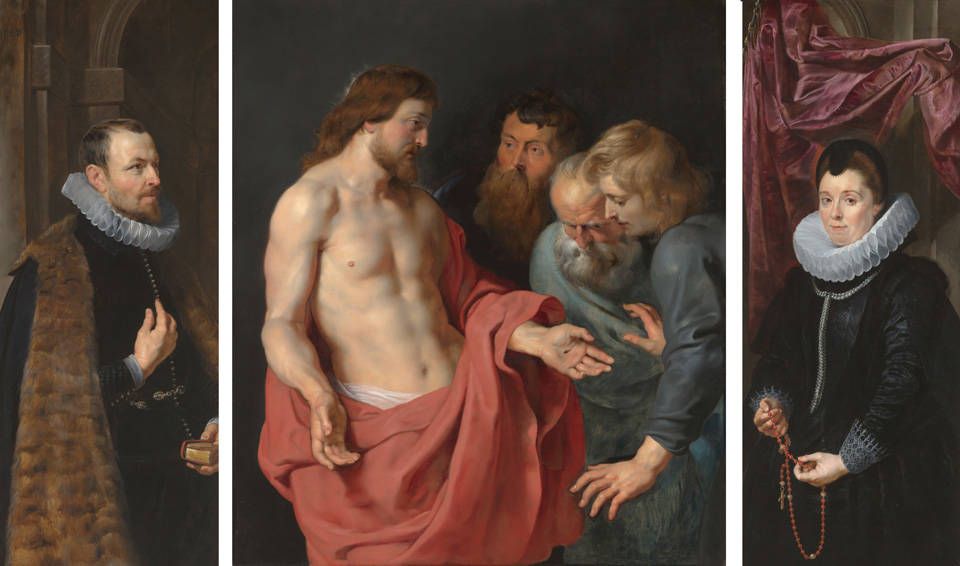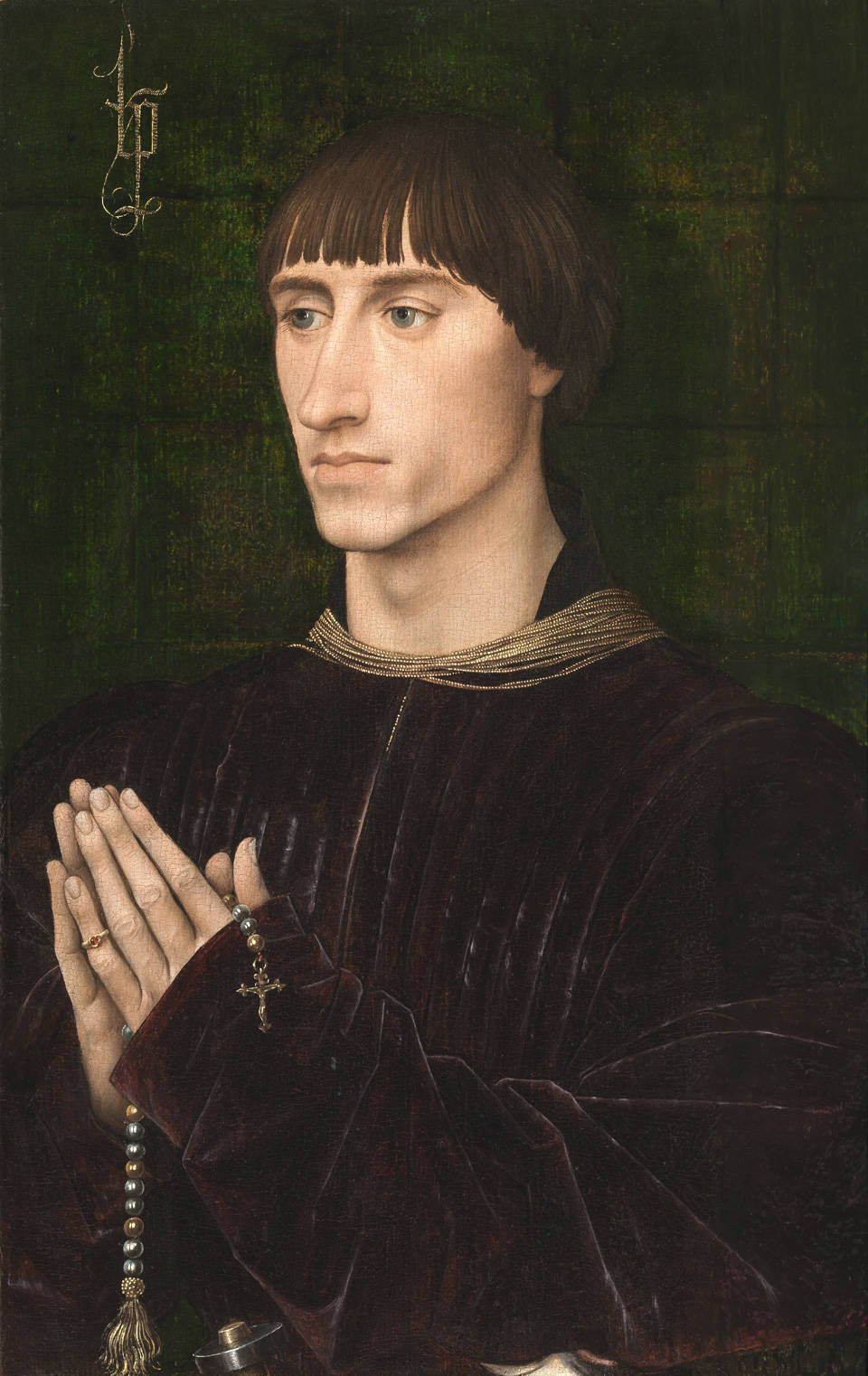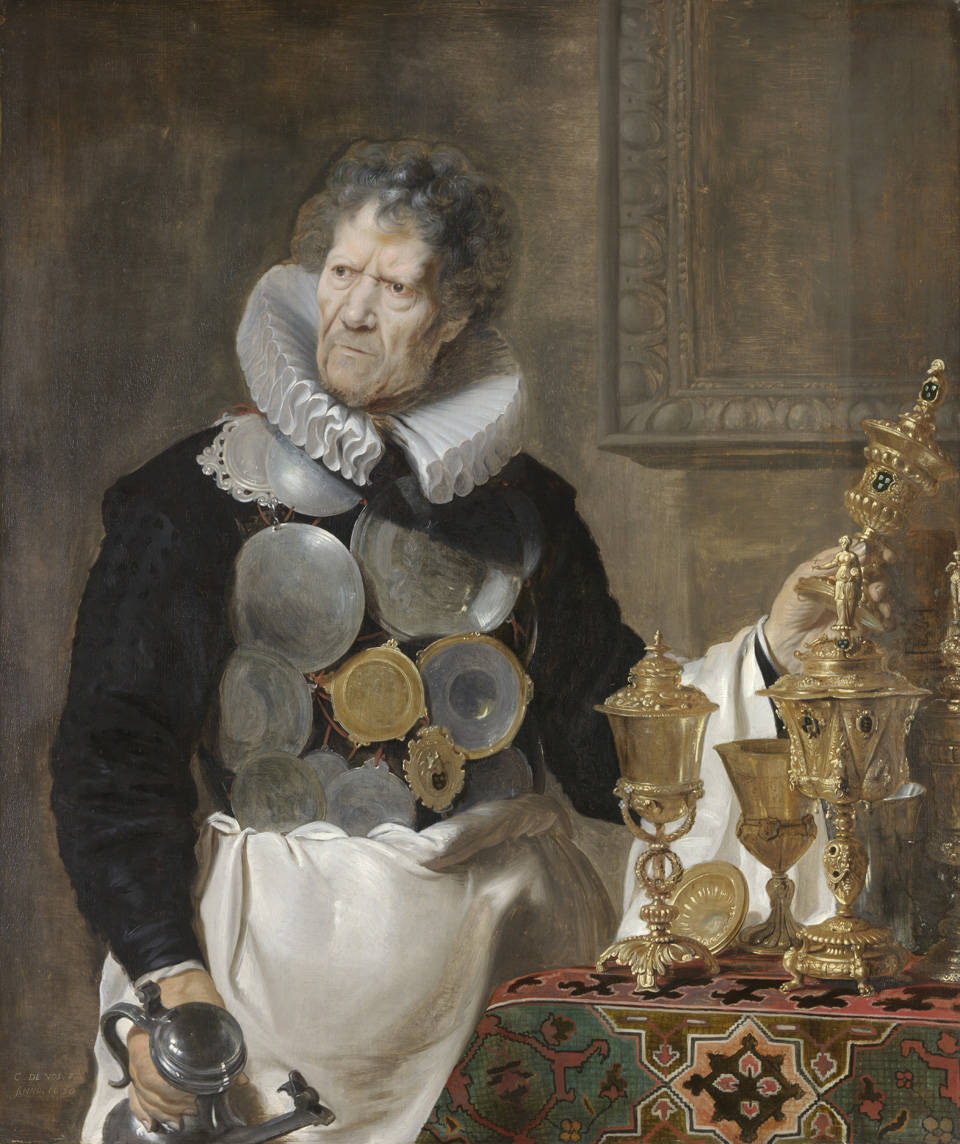Neighbours
Portraits from Flanders 1400-1700

7 September 2017 - 14 January 2018
Better a good neighbour than a distant friend, so the saying goes. During the autumn of 2017, the Mauritshuis tells the story of Flemish portraiture using a selection of the best Flemish portraits from the Royal Museum of Fine Arts of Antwerp (KMSKA).
In the Southern Netherlands (now Belgium), the art of portrait painting came into full bloom during the period from 1400 to 1700. During these three centuries, noblemen and wealthy citizens had themselves immortalised by the best Flemish artists of their time. These portraits remain very impressive due to the outstanding way in which the sitters’ facial features and the character were memorialised in paint.
The exhibition includes major works by Rogier van der Weyden, Hans Memling, Pieter Pourbus, Peter Paul Rubens and Anthony van Dyck. Remarkably, almost all the sitters can be identified. This is why the exhibition will not only highlight what makes Flemish portraits so special, but also who appears in the pictures and how they wanted to be viewed.
The striking portrait of Abraham Grapheus by the Antwerp-based portrait painter Cornelis de Vos has been restored specially for this exhibition.
Allow Us to Introduce
Who were these neighbours now visiting the Mauritshuis? Please allow us to introduce a few of our interesting guests.
Portrait of Philippe de Croy by Rogier van der Weyden
The nobleman Philippe de Croy (1434–1482) was bright, articulate and diplomatic, according to a contemporary chronicler. These qualities enabled him to obtain a prominent position at the court of the duke of Burgundy at a young age. In the course of his career, he proved to be a born opportunist, who unscrupulously sided with his adversaries if he thought it would serve his ends.
Around 1460 he had himself portrayed by Rogier van der Weyden, whose portraits were highly valued at the Burgundian court because their subjects looked both lifelike and distinguished. So it is hardly surprising that the young and ambitious Philippe – here we see him in his mid-twenties – chose Rogier, who portrayed his angular face, long nose and pronounced Adam’s apple in a way at once recognisable and stylised. Philippe is praying: his hands, with their long, thin fingers, feature prominently in the picture. Originally Philippe addressed his prayer to Mary and the Christ Child, who were portrayed on the left wing of the diptych to which this panel once belonged.

Epitaph of Nicolaas Rockox and His Wife Adriana Perez by Peter Paul Rubens
Not all sitters were keen to flaunt their status. The extremely wealthy Nicolaas Rockox (1560–1640) was one of the most powerful men in Antwerp in his day. Even so, he had himself and his wife, Adriana Perez (1568–1619), portrayed in a remarkably sober way.
Peter Paul Rubens painted their portraits on the side wings of a triptych. Nicolaas looks up from his prayer book, his finger still between its pages, while Adriana holds a bead of her rosary.

The central panel, on which Christ shows the wounds on his crucified body to three disciples, evokes the couple’s spiritual experience during prayer. Here their piety is paramount, because the triptych served as an epitaph – a memorial to the deceased that was placed near the grave. Rubens painted these likenesses in 1613–1615, when the childless couple were still in their prime. Adriana died rather suddenly in 1619, and even though Nicolaas lived two decades longer, he never remarried. After his death, he was buried in the same grave as his wife. The triptych hung nearby, so that the couple’s prayers seemed to continue everlastingly.
Portrait of Abraham Grapheus by Cornelis de Vos
Portraits were usually commissioned by the sitter or his family. In the case of Abraham Grapheus, however, it was the portraitist Cornelis de Vos who had the idea to paint his likeness. In 1620, De Vos gave Grapheus’s portrait to the guildhall of the Antwerp Guild of St Luke when he became its dean. Old Grapheus’s distinctive face was a familiar sight in Antwerp painters’ circles. As the ‘knaep’ (a kind of custodian or caretaker), he was responsible for the day-to-day running of the guild. Among his many tasks was the organisation of guild festivities.
De Vos portrayed Grapheus as he must often have appeared at such celebrations. With an apron tied around his waist and a jug in his hand, he casts a stern glance at something taking place outside the picture, ready to intervene at any moment. The decorations on his chest are so-called breuken: shield-shaped silver insignias that belonged to the guild.
This exceptional portrait was restored especially for this exhibition. After the removal of the discoloured varnish, the original paint layer emerged almost intact. We can now see the virtuoso skill with which the artist alternated passages of great precision with areas of broad brushwork.

Sponsors
The exhibition Neighbours: Portraits from Flanders 1400–1700 has been realised in cooperation with the Royal Museum of Fine Arts Antwerp (KMSKA) and made possible in part by the Friends of the Mauritshuis Foundation, the BankGiro Lottery and a contribution from the estate of Mr G.A. den Hartog.
